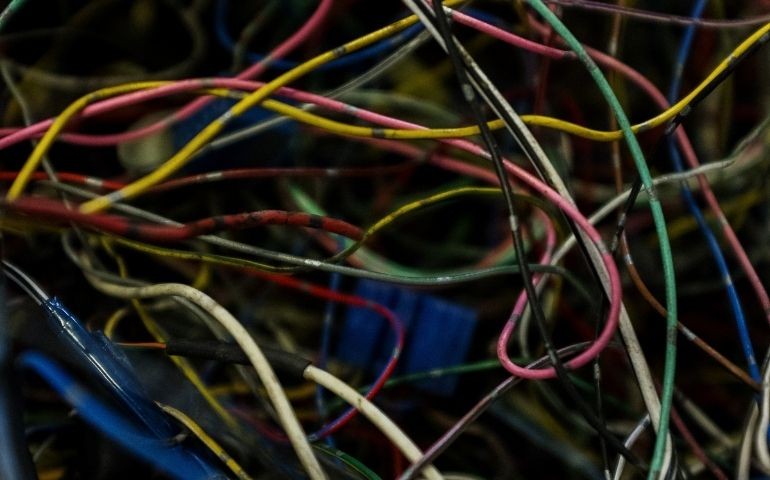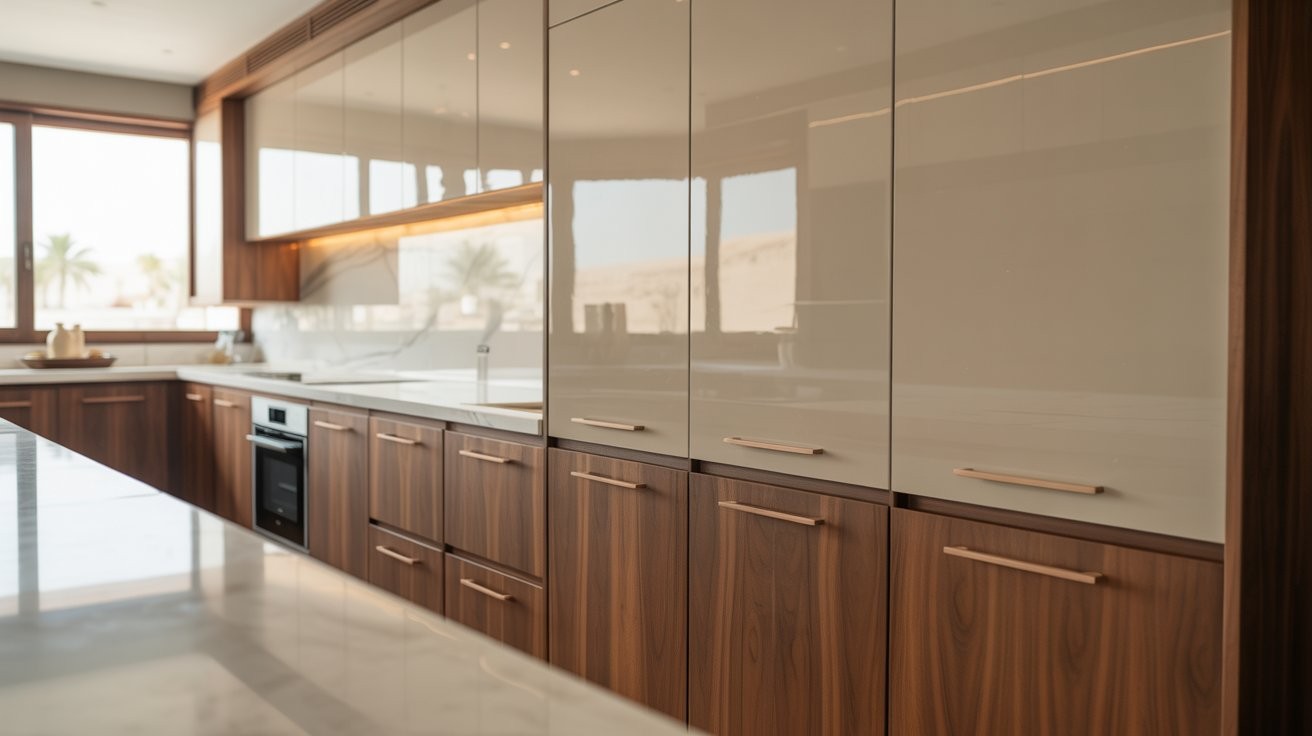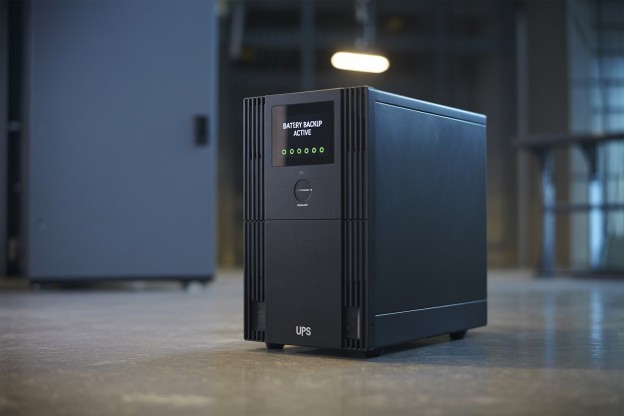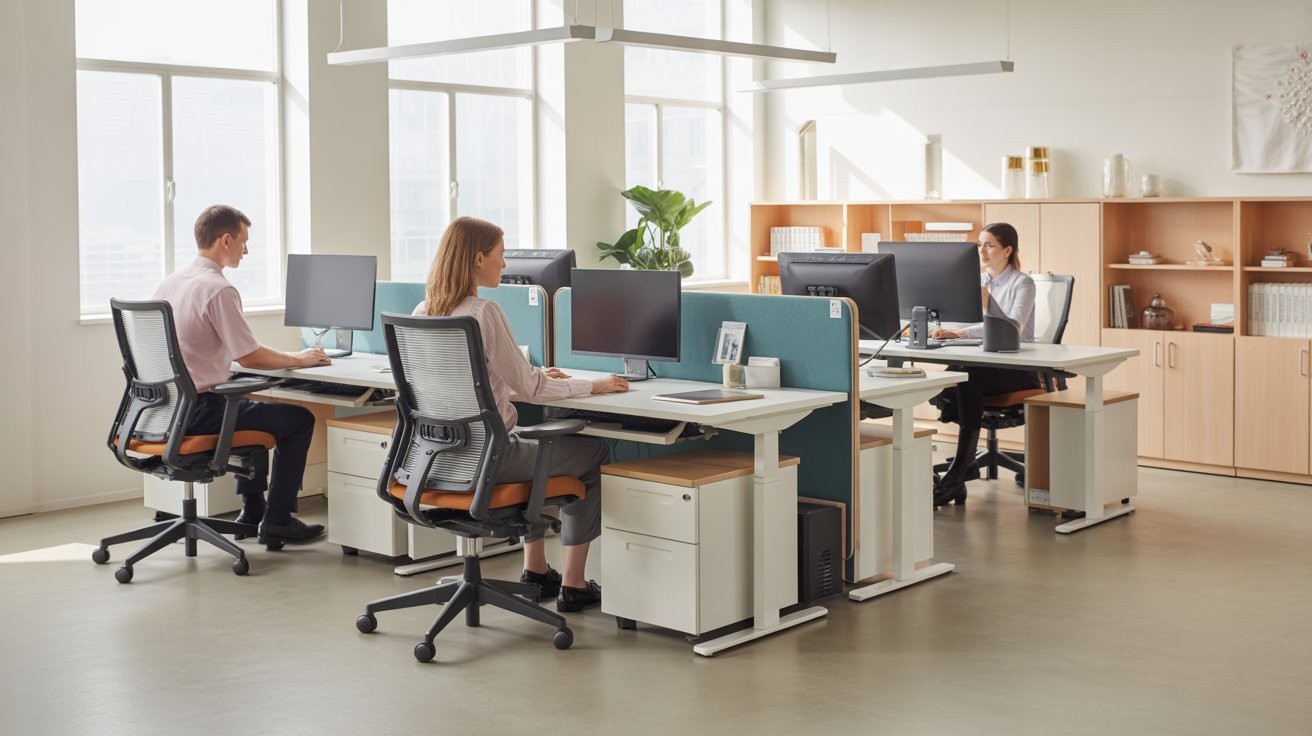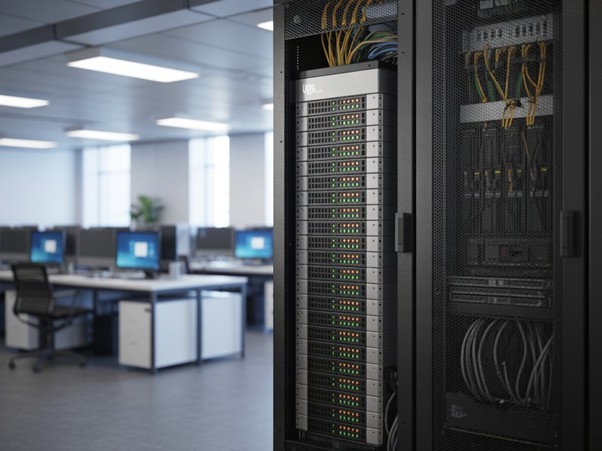Electrical cables are one of the most common causes of accidents and injuries in the home and workplace. When you realise how dangerous it is to leave cables unprotected, figuring out how to organise them becomes increasingly important. Cables can be dangerous to you and your children, whether they are stern across your desk, unmanaged behind your television, or randomly draped along a wall or corner.
A cable protector is one of the best ways to keep your home safe from accidents. A protector for office cable management can keep your desk neat and tidy, reducing the risk of tripping and other mishaps.
What are cable protectors?
Cable protectors are products that provide protection against crushed wires and cables. These types of protectors are frequently made of flexible, yet durable PVC. The protectors are available in a variety of lengths ranging from 3 metres to 9 metres to meet a variety of needs. They not only protect what they cover, but they also prevent trips and falls in areas where wires and cables would have previously trailed loosely across a room or outdoor space.
Why are cable covers used?
Cable covers/protectors facilitate two functions: they protect the wires by concealing it and also keeping anyone nearby safe. You can buy a variety of cable protectors online, each of which is designed to perform some or all of these functions.
People frequently purchase cable covers to serve as a cable tidy, thereby improving their overall cable management system. Many different types of cable protectors function well as cable tidies. They are frequently quite inexpensive and aid in keeping messy or trailing wires neatly contained and properly routed between terminals, sockets, and appliances. As a result, they are a popular choice for general cable management tasks in the home, office, industrial, and commercial settings.
Heavy-duty cable protectors, also known as industrial cable protectors, are widely used in almost all professional settings. They provide a more durable cover for critical, exposed, or dangerous wiring. This could include high-voltage cable runs for plant machinery and power, as well as wires that must be driven over.
How to prevent hazards from cables and wires?
Cable protectors are necessary for preventing trip hazards caused by trailing wires and cables, and they may also protect individuals from electrical shock. The following steps are recommended to prevent such trips in the workplace:
Keep an eye out for trip hazards like uneven floors or trailing cables, and encourage good housekeeping among your employees.
Regular health and safety audits will also ensure that any issues are addressed.
Another critical consideration is the safeguards in place to keep wires, cables, and computer cords from being crushed or pulled. The majority of cable protectors have sloped edges to help prevent accidents and buckling of wheeled traffic like wheelchairs and trolleys.
The aesthetics of a room can also be improved by concealing messy cables. Another factor to consider is that these types of trip accidents can lead to legal action, so it's critical to have cable protectors installed where necessary.
Find tips for selecting network data cables
How to do indoor cable protection?
If increased visibility is important, make sure the protectors have hazard stripes.
You should also consider whether the cables being protected all travel in the same direction. If not, a cable protector with multiple cable channels will suffice. More than one cable or wire can be secured in each channel, depending on the size of each cable or wire.
Larger cables should be safely protected with the most appropriate protector with larger channels.
A cable protector mat is a good place to start when it comes to basic cable protection. Installing these mats is as simple as laying them over loose cables or wires. A cleated non-slip backing made of durable nitrile rubber with an integrated cable run is one of the key features.
Cable protector mats are also anti-static and can be used in conjunction with underfloor heating. The hazard edging adds an extra layer of protection against trip hazards.
How to do outdoor cable protection?
The outdoor cable is designed to withstand a variety of environmental and mechanical conditions. Beginning with a simple jacket that protects the cable from water and direct sunlight, the structure progresses to an anti-ballistic structure.
The first layer of protection for most outdoor cables is a semi-rigid loose tube that surrounds the fibres. This loose tube allows the cable to stretch as a result of installation, temperature changes, or any other situation in which the cable is stressed. This loose tube can also be filled with water-blocking gel or water-blocking wrap.
A non-metallic strength member is used in the centre of the cable, which is surrounded by all of the loose tubes.
Following this basic protection, the cable's construction is determined by the environment in which it will be deployed.

Check out the outdoor cable ramp
Conclusion
Having cables and wires running all over the floor creates a very dangerous working environment. This can result in serious injuries that could have been avoided easily if the cords were kept out of sight. By installing floor cable protectors, you can ensure that serious injuries in the workplace are reduced.

